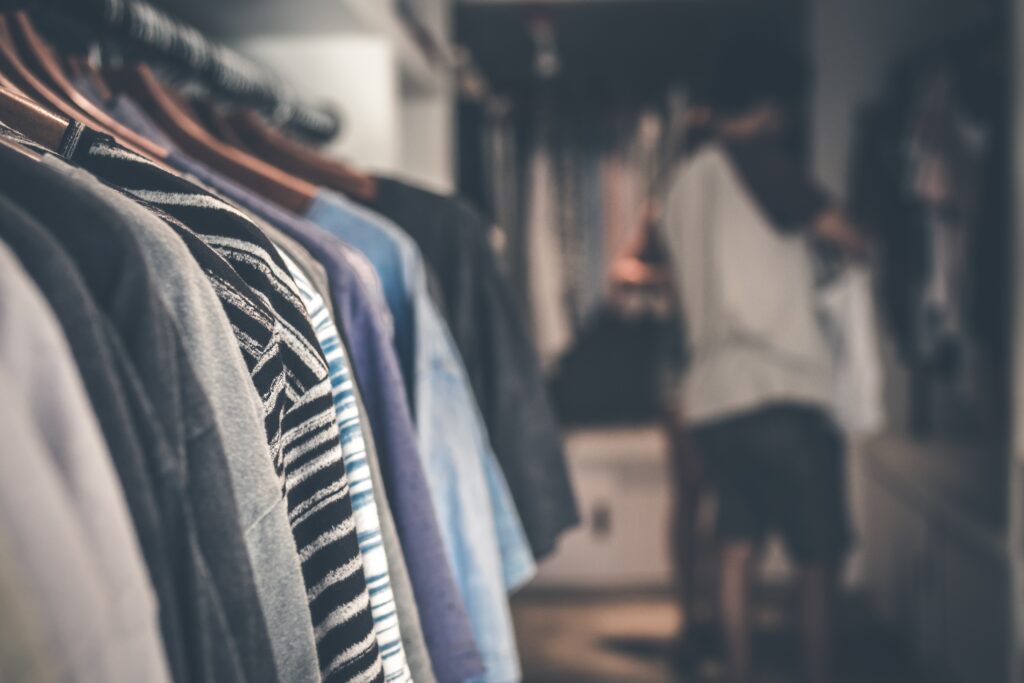
I am an uncle to one six-year-old nephew. His father, my brother-in-law, is a committed sports fan with unwavering loyalties: Los Angeles Lakers because he grew up in southern California, and Chicago Bears because he attended college there. Around the same time Major League Soccer was starting up, so he adopted the Chicago Fire team too. My nephew, like most boys, inherited his father’s loyalties.
Over Christmas, when my nephew emerged from his bedroom in full Lakers regalia, my sister recounted to me how he and my brother-in-law had been playing sports recently. Between each sporting event, my nephew paused to change his clothes — from a Bears jersey and helmet to a Lakers jersey and shorts to a Fire jersey for soccer. I don’t know about you, but when I was a kid, playing sports involved using the right ball for the game — that’s it. For my nephew, my sister explained, this wasn’t enough. The clothing mattered, too. Participating meant not just using the right ball, which would be sufficient, but also dressing the part. The peripherals were essentials. I laughed at my sister’s story and shook my head at my nephew’s stubborn enthusiasm.
A few days later I rang in the New Year with friends, only it wasn’t simply a New Year’s Eve party, it was a masquerade party. With child-like enthusiasm, I researched masks online for inspiration. You know the kind: richly-colored harlequin patterns, gold rococo flourishes, feathers of maroon, royal blue and canary yellow. I went to Hobby Lobby, found all the materials and made my own mask. But as the paint dried, I realized I couldn’t simply don the mask and be finished. In researching the masks, I’d seen ruffled shirts with high collars. I’d seen dark Victorian vests. The mask simply wouldn’t be complete without these accoutrements. I wanted to enter in to the whole environment, the entire enchanted evening.
I realize now I was not so unlike my nephew.
Read the rest at Catapult Magazine.